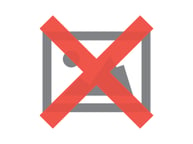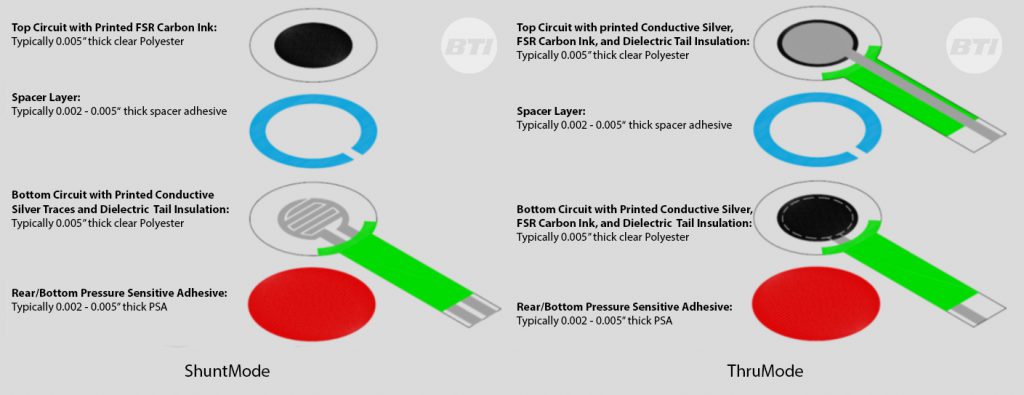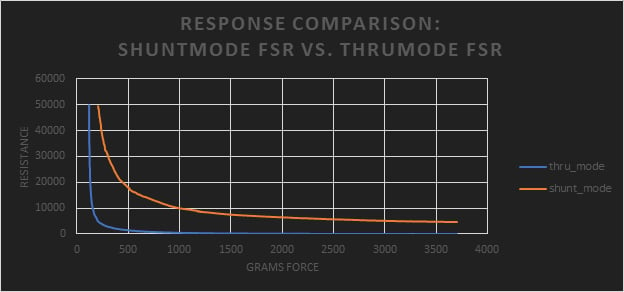Force Sensing Resistors (FSR)
A Force Sensing Resistor (FSR) is a printed functional ink applied to a thin material whose resistance changes when a force is applied to it. The force can be a mechanical load, a pressure or physical action. Force Sensing Resistor can also be known as a “force-sensitive resistor”. FSR is a variable resistor, constructed of several thin flexible layers and conductive inks that are applied using a precision screen printing process. These layers vary in resistance as pressure is applied and released. As pressure is applied, the resistance lowers and then returns to its original value as the pressure is removed. An FSR’s main purpose is to measure the force applied to a specific area and then relay that information via selected output electronics. FSRs typically use high-resistance, carbon-based inks which, along with other design factors, can be re-formulated to alter the functionality. Force Sensing Resistors can be designed as single-zone FSRs, Matrix Arrays, Discrete Arrays, Resistive XYZ (Digitizer) Pads, and Linear Potentiometers.
Single-Zone ShuntMode™ and ThruMode™ FSRs
There are two basic FSR configurations: the ShuntMode™ and the ThruMode™.
ShuntMode Force Sensing Resistor:
- Consist of printed silver inter-digitated fingers that are shorted (“shunted”) by a printed FSR carbon layer.
- Can detect a wider range of forces with a more linear output.
- Are generally less costly due to fewer print steps and reduced ink usage.
ThruMode Force Sensing Resistor:
- Are more receptive to lighter forces
- Not limited to the same print constraints as the ShuntMode’s interdigitated silver fingers, thus allowing for smaller form factors
- Require more silver and carbon ink, thus making them more costly.
Among the many applications, some of the common Force Sensing Resistor uses include:
- Up/Down and Force/Speed Controls
- Musical Instrument Controllers
- Infusion Pumps
- Podiatry Foot Gate Analysis
- Motor / Tool Speed Control
- Robotic Finger Tips
- Seat / Bed Occupancy Detection
- Inventory Control


GRAPH NOTES:
The FSR ink used for these samples has a resistivity value of 120K Ohms/Square/Mil
The Sensitronics CURVE Motorized Test Stand with ½” diameter actuator was used to conduct the FSR testing for the Response Curves above.
Learn more about Printed Electronics